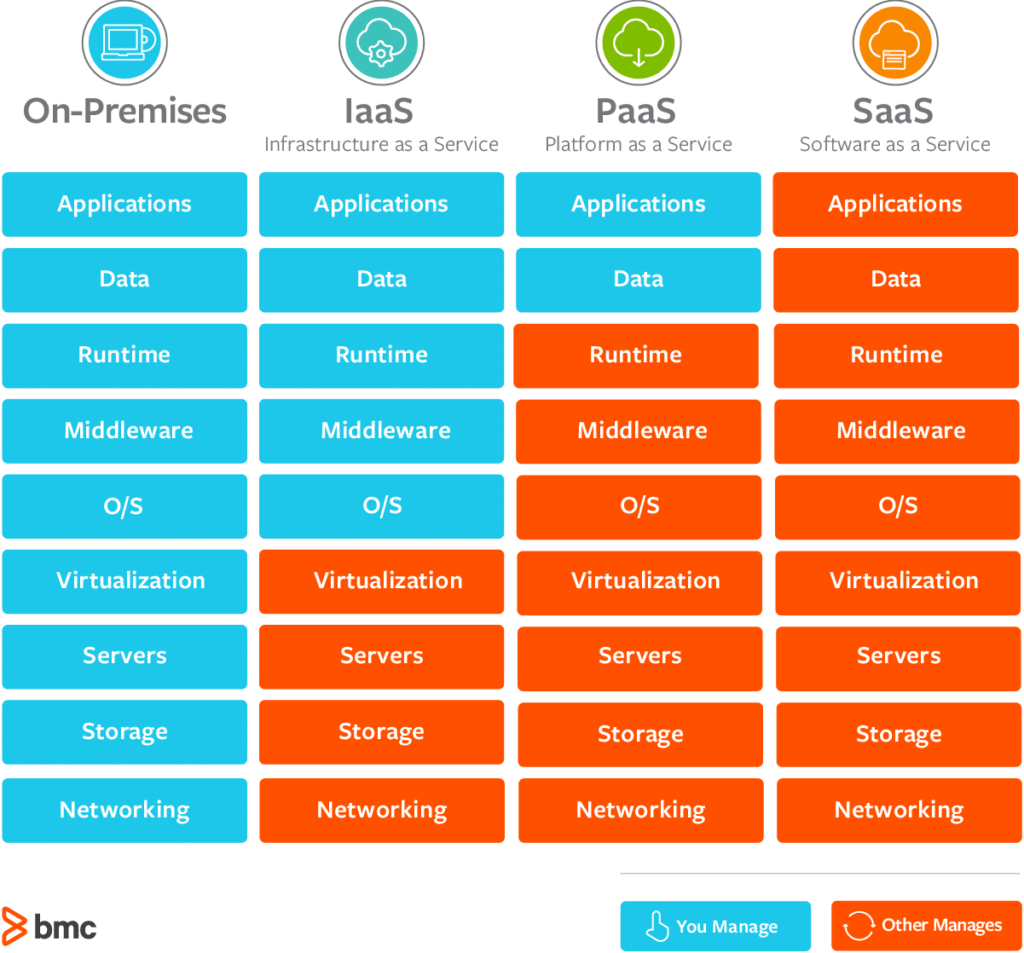Universal Cloud Service: Trustworthy and Reliable Solutions for Your Company
Universal Cloud Service: Trustworthy and Reliable Solutions for Your Company
Blog Article
Achieve Seamless Scalability With Cloud Solutions
In the ever-evolving landscape of cloud services, achieving smooth scalability stands as a foundation for modern-day companies seeking to stay adaptable and affordable. The mission for smooth scalability with cloud services introduces a globe of possibilities for those ready to accept the transformative power of vibrant resource monitoring.
Advantages of Cloud Scalability
Cloud scalability provides organizations the versatility to dynamically adjust sources based upon need, making sure optimal efficiency and cost effectiveness. One vital benefit is the capacity to scale sources up or down rapidly in feedback to fluctuating work. This dexterity enables businesses to meet altering consumer demands without over-provisioning resources, eventually leading to cost savings. Scalability also enhances efficiency by making certain that systems can manage raised traffic or workload without experiencing downtime or stagnations. By efficiently alloting resources, companies can maintain high degrees of performance during peak times without unneeded expenses during quieter periods. In addition, cloud scalability promotes innovation and experimentation by permitting organizations to quickly check originalities and scale them as needed. This flexibility encourages a culture of constant improvement and adjustment, making it possible for organizations to remain affordable in a swiftly evolving market landscape. Ultimately, the benefits of cloud scalability prolong past price savings to encompass enhanced performance, agility, and innovation.
Key Attributes for Scaling
Reliable scaling in cloud services relies on essential functions that make it possible for companies to adjust sources dynamically based on demand. One necessary function for scaling is flexibility, allowing resources to scale up or down in reaction to fluctuating work. This guarantees that companies can fulfill efficiency demands without over-provisioning resources. Another crucial function is scalability, allowing systems to deal with boosted work by adding sources seamlessly. This function is vital for accommodating development without compromising performance. In addition, automation plays a crucial function in scaling by automating the provisioning and de-provisioning of resources based on predefined plans. Automation lowers human treatment, enhances performance, and ensures rapid reaction to transforming needs. Surveillance and analytics tools are additionally vital for scaling, supplying understandings right into source use, efficiency metrics, and possible bottlenecks. These devices make it possible for organizations to make educated decisions and enhance resource allocation for effective scaling. Overall, these vital attributes jointly empower companies to attain smooth scalability in cloud solutions.
Implementing Auto-Scaling Methods
To efficiently optimize resource allowance and adapt to varying workloads, companies need to purposefully apply auto-scaling approaches in their cloud services facilities. Auto-scaling enables systems to immediately readjust the variety of compute resources based on real-time demand. There are different auto-scaling strategies that companies can utilize, such as predictive scaling, which utilizes historical information to anticipate future resource requirements, and reactive scaling, which reacts to present work modifications.

Best Practices for Scalability
For companies intending to enhance their scalability in cloud solutions, carrying out ideal methods is important for ideal efficiency and source administration. One secret finest method is designing applications with a microservices architecture. This approach breaks down applications right into smaller, independent solutions that can be deployed, upgraded, and scaled independently, enabling higher versatility and scalability.
One more crucial practice is utilizing containerization modern technology, such as Docker or Kubernetes. Containers make it possible for the packaging of applications and their reliances into isolated systems, making it simpler to scale components individually and release them continually throughout various settings.
Additionally, applying automated release and framework as code (IaC) can simplify scalability initiatives (linkdaddy cloud services). Automation devices like Terraform or Ansible assistance in provisioning and handling sources effectively, reducing hand-operated mistakes and making it possible for rapid scalability
Moreover, checking performance metrics, establishing signals, and carrying out normal capability preparation are essential techniques to make sure positive scalability management. By sticking to these best methods, companies can accomplish smooth scalability in their cloud services while enhancing efficiency and resource utilization.
Tracking Efficiency Metrics
When analyzing the performance of cloud services scalability, very closely monitoring efficiency metrics is imperative for guaranteeing optimum functionality and resource allowance. By continuously tracking vital efficiency indications (KPIs) such as action times, latency, throughput, and source use, companies can obtain useful understandings right into the wellness and effectiveness of their cloud framework. Keeping an eye on performance metrics permits the very early detection of possible traffic jams or concerns that might impact scalability, allowing proactive actions to be required to address them before they escalate.

Verdict
In final thought, accomplishing seamless scalability with cloud solutions is vital for companies to optimize efficiency, boost technology, and keep high efficiency degrees during peak times. By leveraging the advantages of cloud scalability, implementing auto-scaling strategies, making use of key attributes such as flexibility and automation, and following best techniques like application design and efficiency monitoring, services can successfully scale their systems while making best use of source usage and performance.
The pursuit for seamless scalability with cloud solutions unveils a globe of possibilities for those ready to embrace the transformative power of dynamic source monitoring.
Cloud scalability offers organizations the adaptability to dynamically adjust sources based on need, making certain optimum performance and expense effectiveness. An additional essential feature is scalability, allowing systems to manage increased work by including resources flawlessly.For organizations intending to boost their scalability in cloud solutions, implementing finest techniques is crucial for ideal performance and resource monitoring.When assessing the browse around this web-site performance of cloud services scalability, carefully checking efficiency metrics is imperative for guaranteeing optimum functionality and source allotment.
Report this page